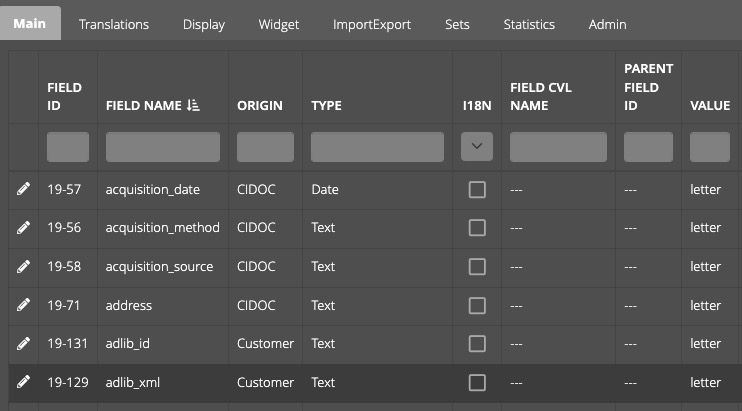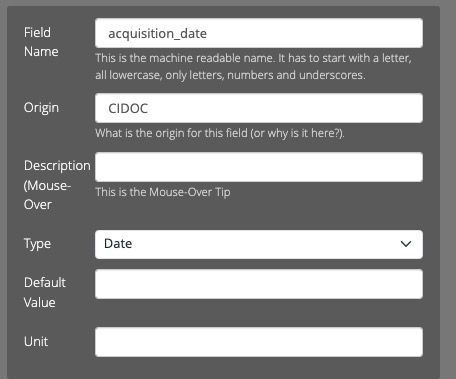Small and medium-sized museums are often unsure about which museum standards to follow and whether it makes sense to do so. While official standards such as CIDOC or Spectrum may seem comprehensive, they can be overwhelming with their numerous fields and complex requirements. Our software offers a flexible solution that allows you to simplify the process without sacrificing quality. We also guarantee that you can always upgrade later, even if you start with a 'lighter' version. In this way we allow you to grow into using a full fledged standard.
Here is a short overview of some important standards and frameworks:
The International Committee on Documentation (Comité international pour la documentation, CIDOC for short) is a committee of the International Council of Museums (ICOM). In 1995 they published the International Guidelines for Museum Object Information: The CIDOC Information Categories
Spectrum is the UK museum collections management standard. It describes an array of processes from object entry to rights managment,
Dublin Core is a metadata schema for describing electronic resources. It is a collection of simple and standardised conventions for describing documents and other objects on the Internet in order to make them easier to find with the help of metadata. The originator of this schema is the "Dublin Core Metadata Initiative" (DCMI).
Lightweight Information Describing Objects (LIDO) is an XML schema for exchanging and harvesting metadata from museum and collection objects.
EODEM (Exhibition Object Data Exchange Model) is a framework that will enable museum databases to export objects’ data from one system at the press of a button, and import the data into another system at the press of a button.
A large number of European cultural heritage objects are digitised by a variety of data providers from libraries, museums, archives and audiovisual media, all using different metadata standards. The Europeana Data Model (EDM) aims to close these gaps in the Europeana context.



Comments